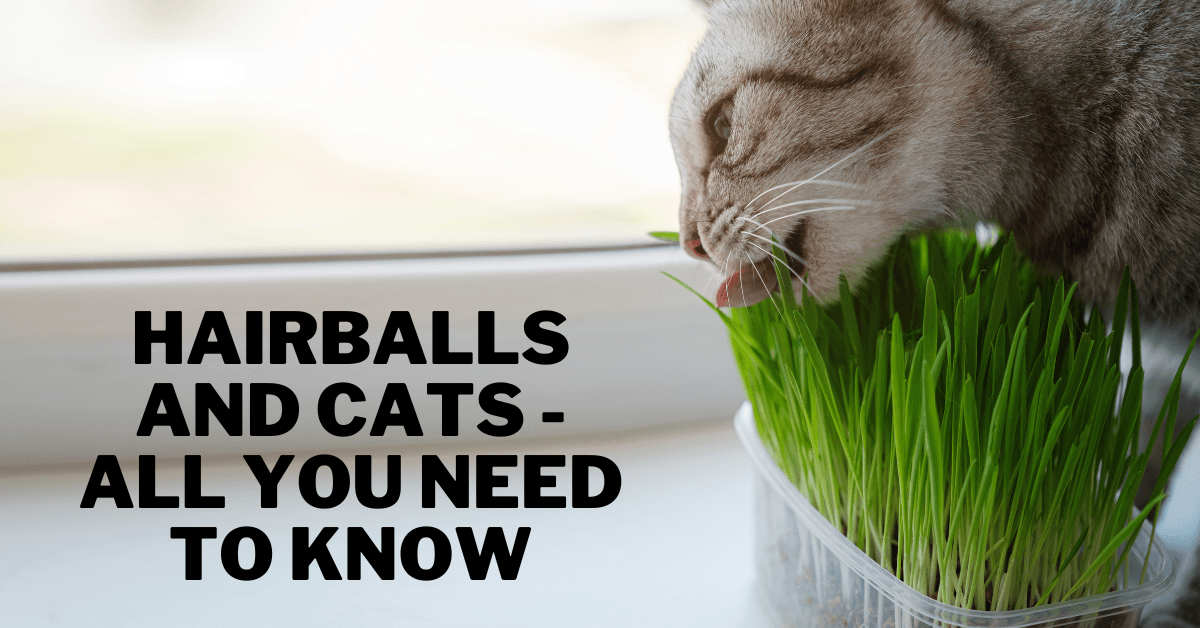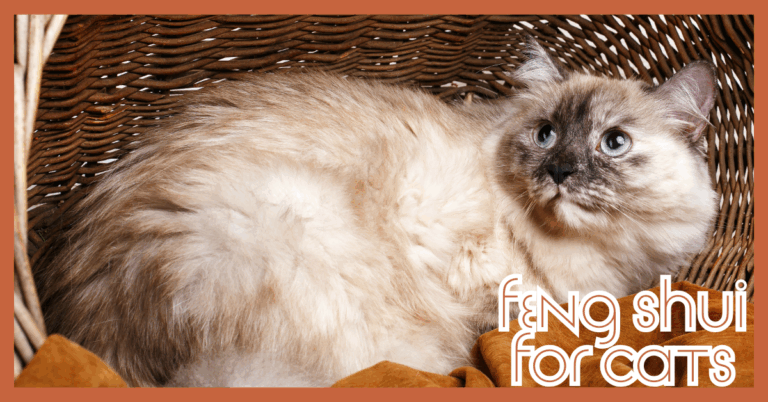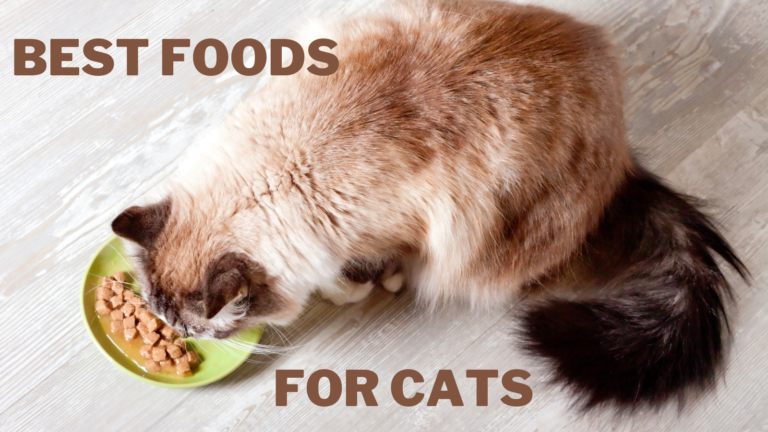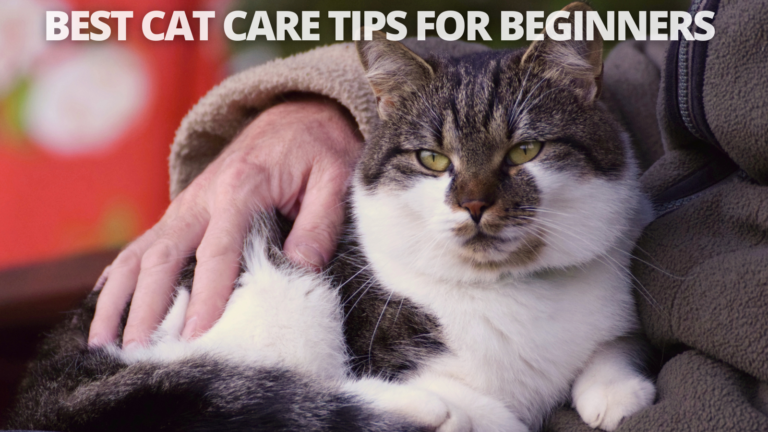Hairballs And Cats – All You Need To Know
Hairballs And Cats – All You Need To Know
Cats are renowned for their meticulous grooming practices; they spend hours washing their fur daily.
While engaging in this habit, keep their coat tidy and gl. Trichobezoars, another name for hairballs, are clumps of hair that build up in a cat's digestive tract.
This in-depth article will examine the factors that lead to hairball production, review warning signs and symptoms, and offer helpful advice for controlling and preventing hairballs in your cat.
We will also clarify some myths, explain when a hairball can signify a more serious issue, and provide advice.
Every cat owner must be familiar with hairballs and their causes. You can assure your furry friend's comfort and lessen the frequency and severity of hairball-related issues by arming yourself with knowledge and preventative steps.
So, let's explore the intriguing world of hairballs and learn how to maintain your cat's health, happiness, and hairball-free status.
What Are Cat Hairballs?
A hairball, often called a trichobezoar, is a mass of hair that accumulates in a cat's intestines or stomach.
During the licking procedure, cats use to groom themselves. They consume loose hairs. The majority of the hair easily exits the digestive system. But over time, hair can gather in the cat's stomach and form a hairball.
In the cat's stomach, hair that has been swallowed combines with other particles and digestive juices to form a hairball.
The cat may experience various symptoms as the hairball enlarges and causes irritation and pain. Hairballs typically have a cylindrical shape and can range in size from little to huge.
The formation and size of hairballs normally range from small to large and are cylindrical. It may resemble a cylindrical mass of hair when a cat vomits or coughs up a hairball.
However prevalent they may be in cats, hairballs can occasionally be problematic. It's vital to note.
Hairballs can sometimes impede a cat's intestines by sticking to the walls of the intestines rather than passing through the digestive system. A vet should be consulted right once because this ailment may be dangerous.
It can be beneficial for cat owners to be aware of the specifics of hairballs, such as how they form, what symptoms to look for, and any potential problems.
This will allow them to take the right preventative measures and, if required, seek immediate veterinarian care.
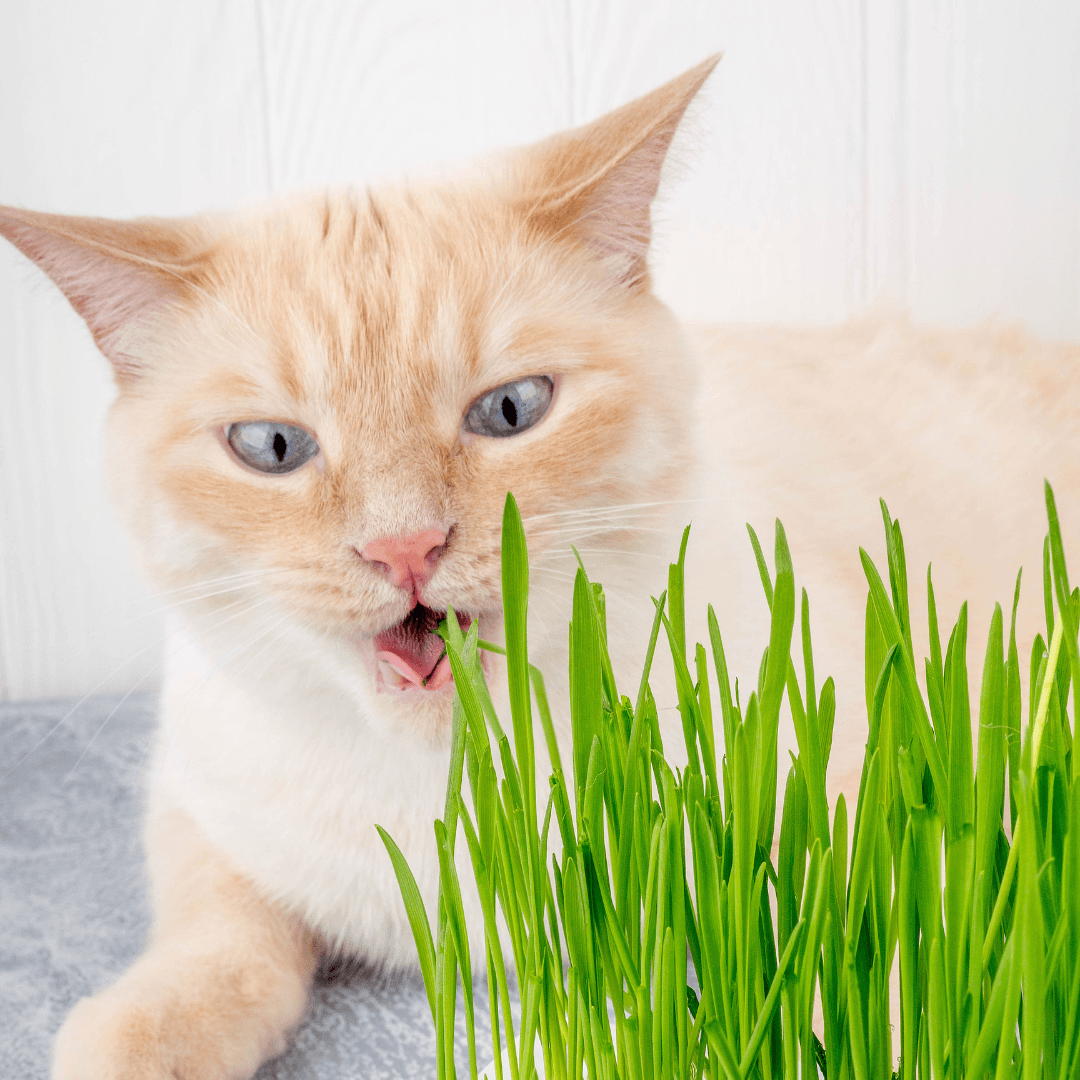
Side Effects Of Cat Hairballs
1. Gastrointestinal Irritation
Cats' gastrointestinal tracts may become irritated and inflamed due to hairballs. To get rid of the hairball, the cat may exhibit symptoms like repeated coughing, gagging, or retching.
The stomach, throat, and esophagus may become uncomfortable due to the ongoing irritation, which also may cause damage to these tissues.
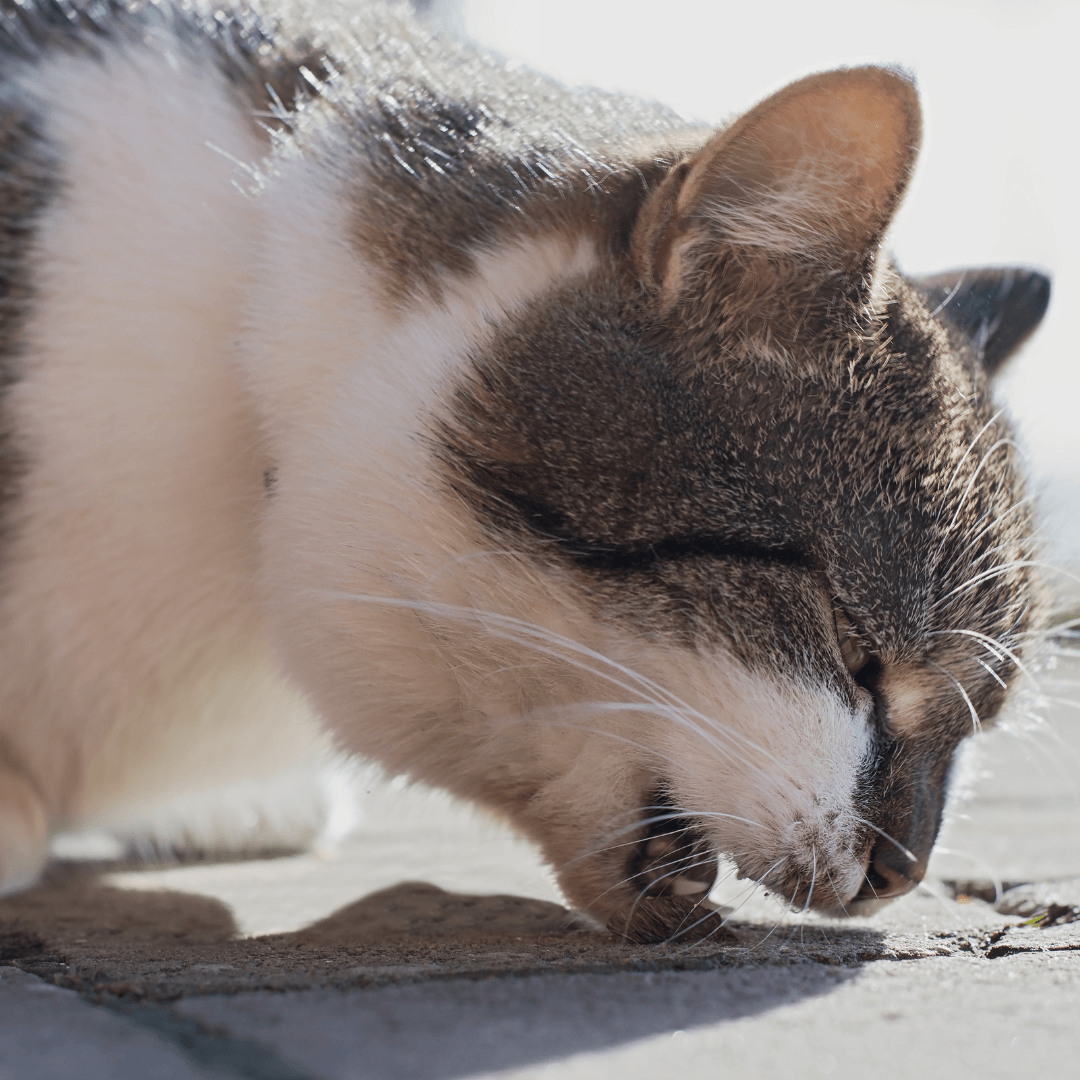
2. Vomiting
Hairball formation can cause cats to vomit. There may be a reflex to vomit when a hairball is in the stomach, which will cause the hairball to be expelled. When cats are prone to hairballs, this may happen infrequently or more frequently.
3. Intestinal Obstruction
Occasionally, hairballs may become huge and obstruct the cat's intestines. Cats with long hair or underlying digestive issues are more likely to experience this.
Prolonged constipation, bloating, abdominal discomfort, and a total loss of appetite are serious symptoms that can come from an intestinal obstruction. A veterinarian should be consulted right away because of the seriousness of the situation.
4. Intestinal Blockage
In some circumstances, hairballs can result in intestinal obstruction, a total blockage of the intestines.
This is more typical in cats with long hair or more prone to developing hairballs. Intestinal obstruction is a dangerous condition that needs quick veterinary attention.
Lethargy, loss of appetite, inability to pass feces, and severe abdominal discomfort are possible symptoms.
5. Poor Nutrient Absorption
Hairballs can prevent the proper digestion of food, which can lead to poor nutrient absorption. If the underlying problem is not fixed, this could eventually lead to malnutrition and weight loss.
6. Behavioural Modifications
Cats with painful or uncomfortable hairballs may display behavioural modifications. They could show indications of distress like excessive grooming or hiding, or they might get irritated or lethargic more frequently.
7. Respiratory Discomfort
Occasionally, big hairballs that can't pass through the digestive system might migrate into the respiratory tract and cause respiratory distress.
Even though it is uncommon, this could cause symptoms including coughing, wheezing, or breathing problems.
It's crucial to monitor your cat's behaviour and seek veterinary care if you observe any persistent or severe symptoms that your cat may be experiencing a hairball.
A veterinarian can assess the issue, administer the necessary care, and aid in preventing any potential side effects of hairball production.

Why Do Cats Develop Hairballs?
Excessive grooming in cats is a major contributor to hairball development. Using their tongues to lick their fur and pull out stray hairs, cats groom themselves as part of their natural habit.
Papillae, or tiny hook-like structures, are found all over the tongue's surface and are used to gather and catch stray hairs.
Cats eat some of these hairs during grooming, unavoidably. Most of the consumed hair moves through the digestive system without any problems. However, some hairs may gather in the stomach.
A hairball, a trichobezoar, is created over time when these hairs and digestive juices combine.
Symptoms like coughing, retching, or vomiting might occur when the cat tries to get rid of the hairball as the hairball expands in size and causes irritation and pain.
Excessive shedding, long or dense fur, and self-grooming practices are a few things that can make it more likely that a hairball will form.
Cat hairballs can be less frequent and more severe with regular grooming and the right preventive measures.
Cats' natural grooming habit has the unintended consequence of causing hairballs. Cats carefully groom themselves and lick their fur for a long time.
Their rough tongues capture dirt, residue, and stray hairs during grooming. Although most loose hairs pass through the digestive system and are expelled in the feces, some are eaten.
These hairs pass through the cat's digestive system but may gather in the stomach because they are not digestible.
A hairball develops over time when additional hairs are ingested and accumulate in the stomach. Tangled hairs, digestive juices, and other things are combined to form the hairball.
Depending on size and shape, a hairball can be small cylindrical masses or bigger, more tightly packed clumps.
The length and density of a cat's fur, shedding patterns, and grooming practices are all elements that might lead to the development of hairballs.
Cats are less likely to have hairballs when they receive regular grooming, such as brushing, which can help remove loose hairs and reduce the amount of hair ingested.

Symptoms Of Cat Hairballs
Here are a few common symptoms to watch out for when a cat has hairballs. However, they might vary. The signs of cat hairballs are described in more detail below:
1. Frequent Coughing Or Gagging
A typical and noticeable symptom of cat hairballs is frequent coughing or gagging. A cat may feel irritated and uncomfortable with a hairball in its digestive tract or stomach, making it want to urinate. The cat's natural reaction to get the hairball out of its throat is to cough or gag.
The cat may hack or retch as though trying to bring up the hairball during a coughing or choking episode.
Sometimes the cat will try to throw up the hairball by extending their neck forward, opening their mouth widely, or all three.
It's crucial to remember that not all cat coughing or choking episodes are caused by hairballs; they might also be signs of other underlying medical conditions.
2. Vomiting
Another typical sign of feline hairballs is frequent vomiting. The cat may vomit to get rid of a hairball when it grows too big or irritates the digestive tract. The hairball itself or food that hasn't fully digested coupled with hair may be present in the vomit.
Cats naturally have the urge to vomit out unwanted items or irritants from their bodies. A too large hairball to pass through the digestive tract easily sets off the vomiting reflex. The hairball is helped to rise from the stomach and exit through the mouth by vomiting.
You might see your cat retching or heaving during a hairball-induced vomiting episode, then the hairball or a mixture of hair and vomit will come out.
3. Lack Of Appetite
A typical sign of feline hairballs is an absence of hunger. The cat's digestive system may become uncomfortable due to hairballs, temporarily reducing need.
When a hairball is present in the stomach or intestines, the cat may feel full or irritated, reducing their desire to eat or interest in food.
A cat's eating habits may vary when uncomfortable due to a hairball. Their food may be less than usual, and they may appear to have less appetite. If the hairball makes them uncomfortable, some cats may refuse to eat.
It's crucial to monitor your cat's eating habits and ensure they can access clean water. However, a temporary loss of appetite brought on by a hairball is normally not a reason for alarm right away.
It is essential to seek veterinary care if the lack of appetite lasts for a long time, is accompanied by other alarming symptoms, or if you observe substantial weight loss.
4. Lethargy
One typical sign of feline hairballs is lethargy. A cat with a hairball may appear more energetic than usual since it is uncomfortable for its digestive system.
Energy levels may fall due to the existence of a hairball because it may cause discomfort, irritation, and even minor inflammation in the digestive tract.
The discomfort brought on by the hairball can make cats feel ill and worn out, decreasing their motivation to participate in regular activities.
To ease the pain the hairball brings, they might spend more time relaxing, sleeping, or looking for calm places to sit.
The lethargy directly linked to hairballs should be distinguished from regular rest periods. It is wise to speak with a veterinarian if your cat's indifference persists, is severe, or is accompanied by other alarming symptoms, including vomiting, nausea, or behavioural changes.
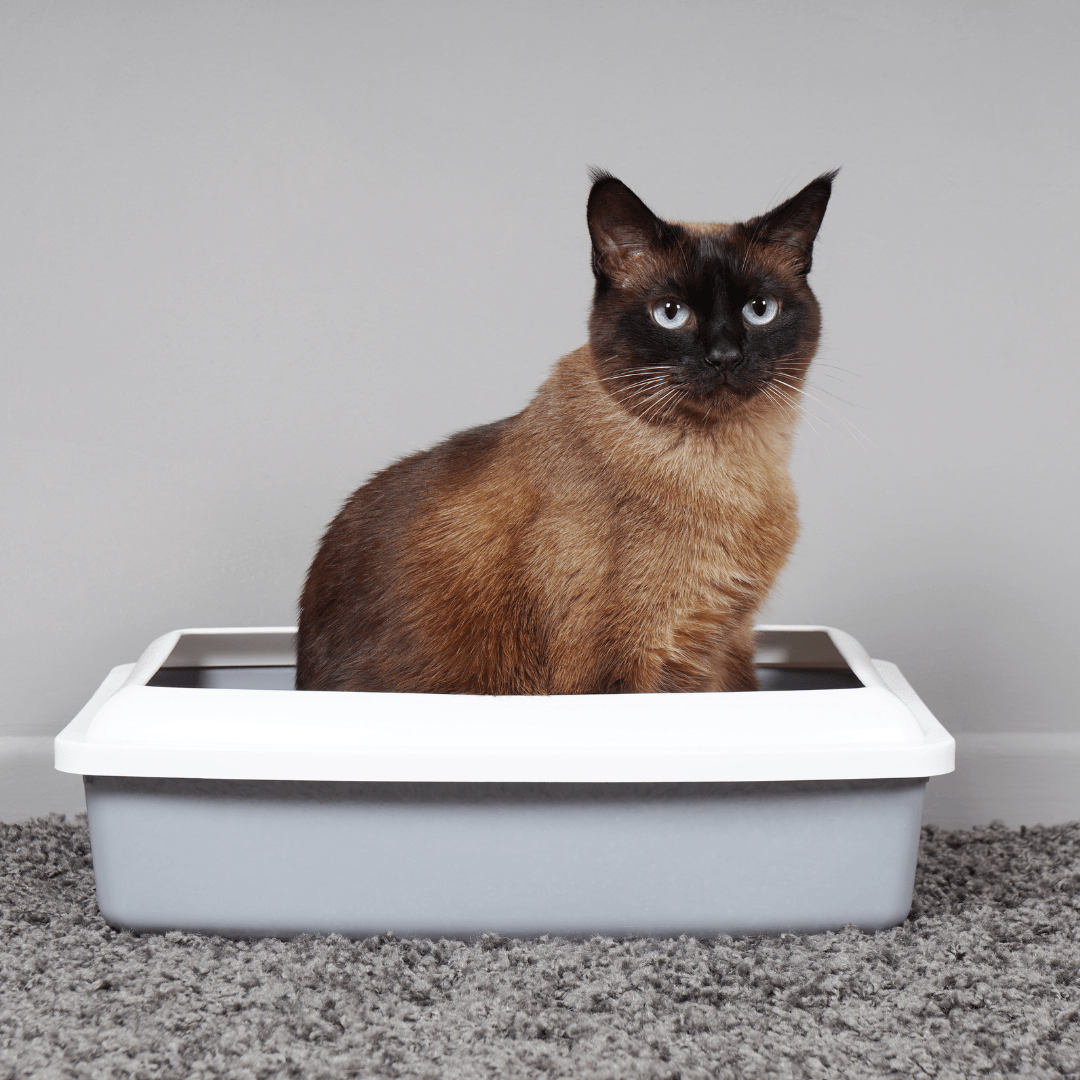
5. Changes In Litter Box Habits
It's important to distinguish between normal rest intervals and lethargy specifically related to hairballs.
If your cat's indifference lasts for an extended period, is severe, or is accompanied by other concerning symptoms like vomiting, nausea, or alterations in behaviour, it is advisable to consult a veterinarian.
It may be challenging for stool to travel through the digestive tract if hairballs are present. Constipation, marked diarrhea, and longing bowel motions may develop from this.
In addition to showing signs of discomfort during evisceration, cats may strain in the litter box or produce tiny, dry, or hard stools.
Hairballs, on the other hand, can also cause diarrhea by causing an increase in intestinal activity. This might happen because the cat's digestive system tries to pass the hairball through the intestines more quickly.
Watery, loose, and more frequent diarrhea are possible symptoms. You should consult a veterinarian if you detect any substantial changes in your cat's litter box habits, such as persistent or severe constipation, diarrhea, or other symptoms.
They can evaluate your cat's general health, pinpoint the root of the problem, and offer suitable therapy or management advice for hairballs.
6. Unproductive Retching
Retching that doesn't produce anything is a warning that a hairball may block a cat's digestive system.
Cats who have hairballs may repeatedly gag or retch without being able to get a hairball or vomit out of their system.
A cat may make sounds that resemble a cough or retching when experiencing ineffective retching episodes.
They would extend their neck and repeatedly heave to bring up the hairball. No hairball or vomit, however, is generated despite their attempts.
Retching that doesn't produce anything could indicate that a hairball is stuck in the cat's esophagus, stomach, or intestines and isn't moving easily through the digestive system. For the cat, this may result in substantial discomfort and distress.
It's important to watch your cat's behaviour closely and get veterinary help if you see them retching ineffectively.
To find the location of the hairball and choose the best course of action, a veterinarian can do a complete examination that may entail imaging methods like X-rays or ultrasounds.
7. Abdominal Discomfort
Cats with hairballs frequently indicate abdominal discomfort. Inflammation and irritation brought on by a hairball in the digestive tract may result in pain or discomfort in the abdomen.
Hairball-related stomach discomfort in cats can cause restlessness. They could have difficulty settling into a comfortable position and might move around the house or their resting location a lot.
Cats with hairballs could display sensitivity or pain when the abdomen is handled or palpated. In response to pressure being given to their abdomen region, they could withdraw, cringe, or make noise.
Cats who are uncomfortable in their stomachs may become less energetic than usual. They might become less fun or reluctant to participate in physical activities due to the discomfort.
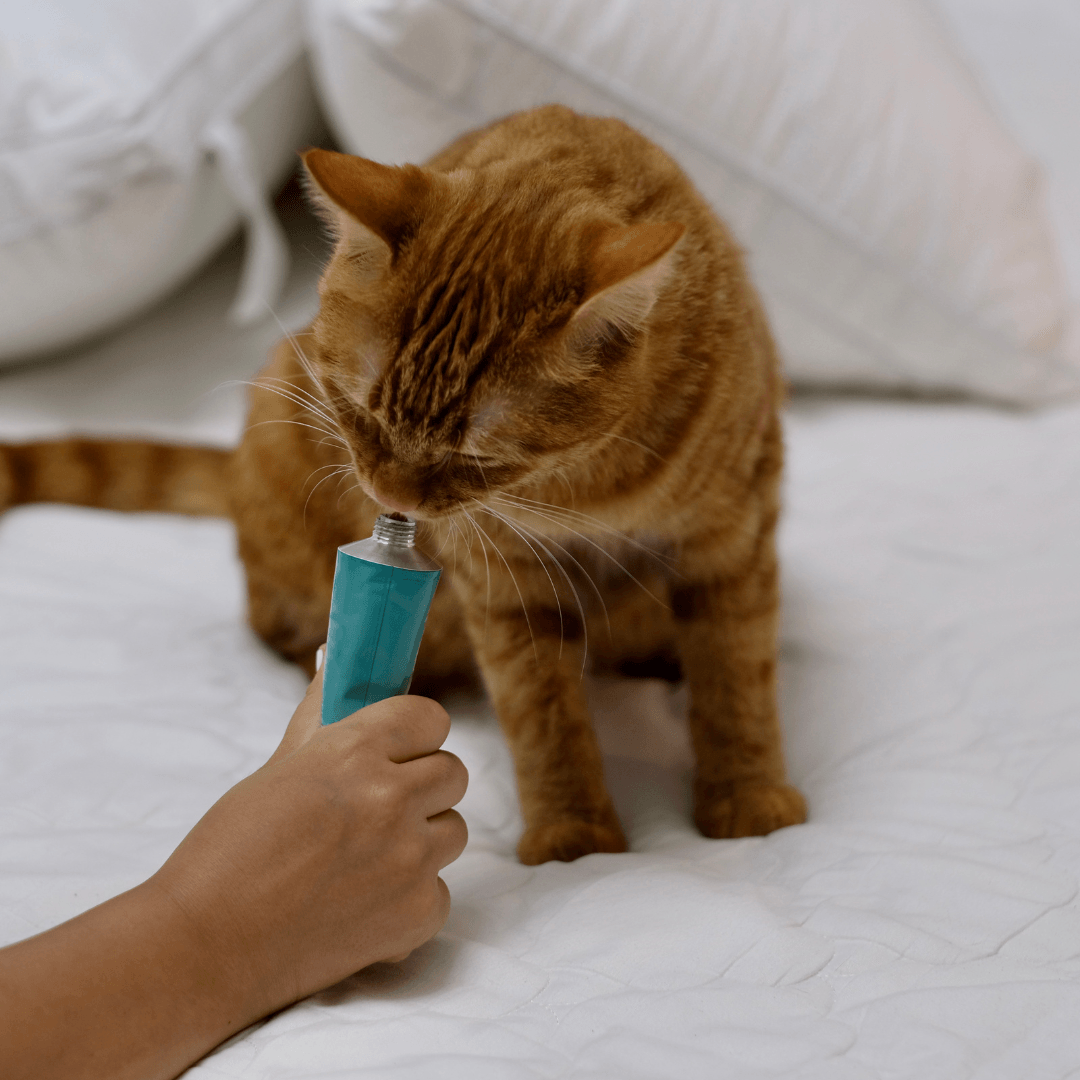
Treatment For Cat Hairballs
The specific goals of cat hairball treatment are to facilitate the transit of hairballs through the digestive tract or to stop them from forming in the first place.
Your cat's coat can benefit from regular brushing and grooming sessions to remove extra and lank hair.
This lessens the quantity of hair they consume during self-grooming, reducing the likelihood of hairball production. Cats with long hair need to be groomed more frequently to avoid a buildup of extra hair.
There are cat food recipes made especially to aid in preventing and controlling hairballs. These diets often have increased fiber intake, which helps hair go more easily through the digestive system.
The extra fiber reduces the likelihood of developing hairballs and encourages regular bowel motions. To choose the best diet for your pet to prevent hairballs, consult your veterinarian.
The passage of hairballs through the digestive tract might be facilitated by hairball cures in the form of oral lubricants or laxatives.
These items can be given straight or added to your cat's food, typically flavoured. The lubricant or laxative aids in softening the hairball and facilitating its passage through the intestines.
It's crucial to adhere to the directions listed on the product's label or provided by your veterinarian.
Some supplements with enzyme bases facilitate the digestion of hairballs and aid in their breakdown.
These supplements contain natural enzymes that help break down the hair that has been swallowed, making it simpler for the hairball to pass through the digestive system.
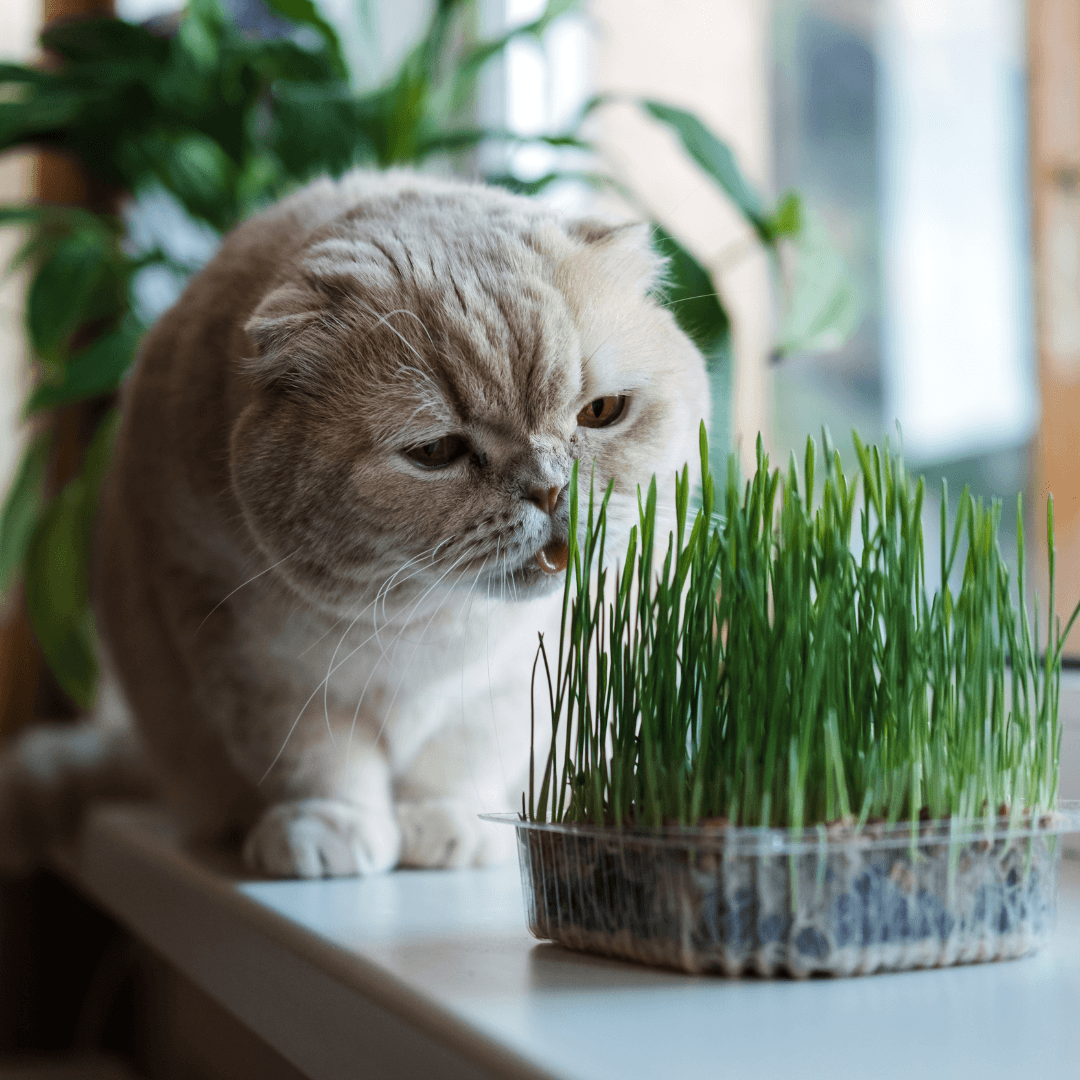
Conclusion
In conclusion, all cat owners must comprehend cat hairballs. Hairballs are common in cats because of their grooming habits, and while they are usually harmless, they can be uncomfortable and cause several symptoms.
You may better manage and avoid hairballs in your cat friend by knowing the origins, symptoms, and available treatments.
You may give your cat a more pleasant and hairball-free existence by adopting preventive measures and addressing the underlying reasons.
Remembering extreme hairball difficulties requires preserving your cat's general health and well-being.
You can keep your feline buddy content, healthy, and hairball-free by giving them the proper attention and care.
I trust you enjoyed this article on Hairballs And Cats – All You Need To Know. Please stay tuned for more blog posts to come shortly. Take care!
JeannetteZ
>>>Please click here to read my all-inclusive article about the Best Cat Care Tips For Beginners<<<
>>>Please click here to read more about cats on Wikipedia<<<
Your Opinion Is Important To Me
Thoughts? Ideas? Questions? I would love to hear from you. Please leave your questions, experience, and remarks about the article on Hairballs And Cats – All You Need To Know in the comments below. You can also reach me by email at Jeannette@Close-To-Nature.org.
Disclosure
This post may contain affiliate links. As an Amazon Associate and other affiliate programs, I earn from qualifying purchases at no extra cost to you. Please read my full affiliate disclosure.
You might also enjoy these blog posts:
How To Show Your Cats You Love Them

